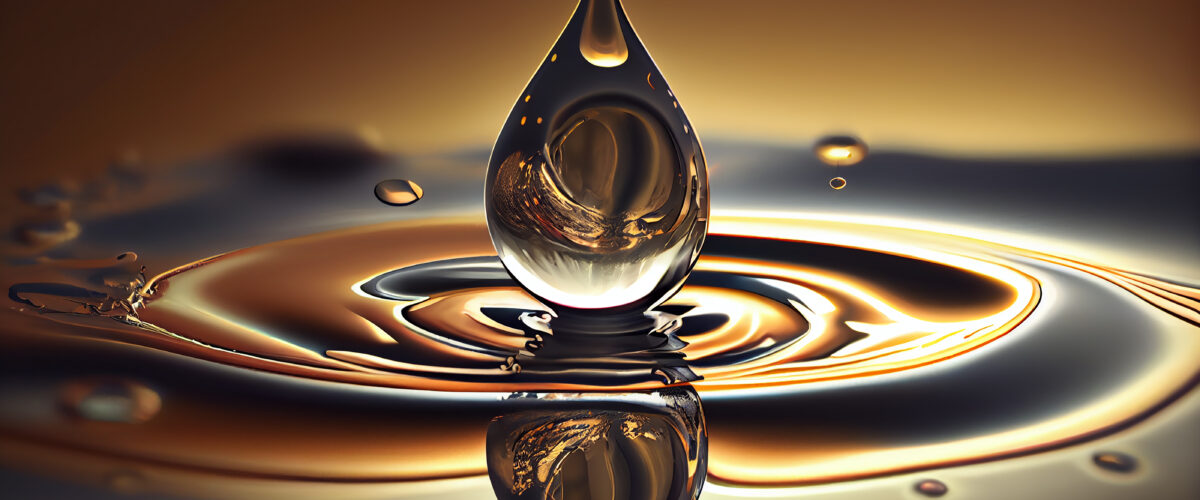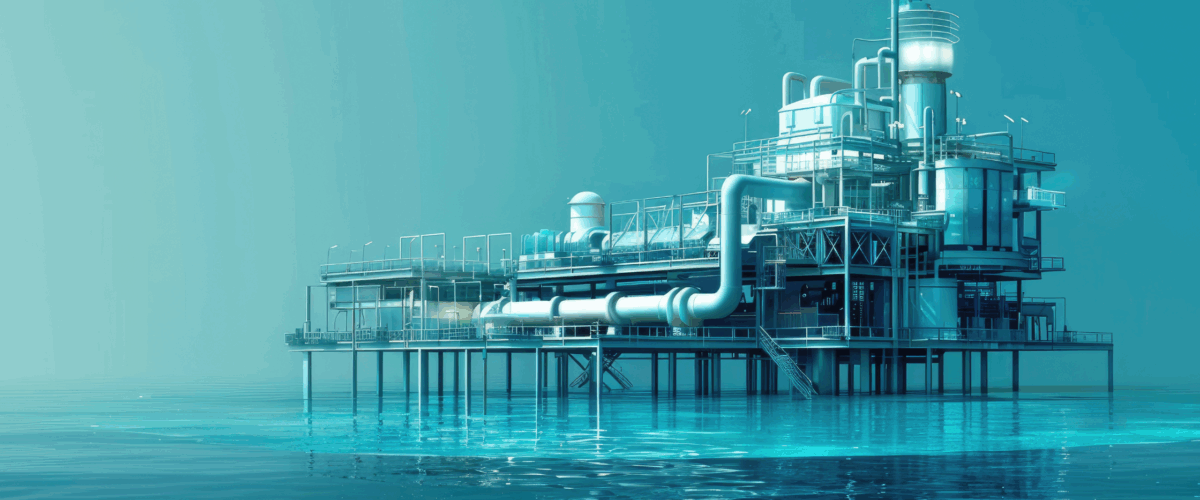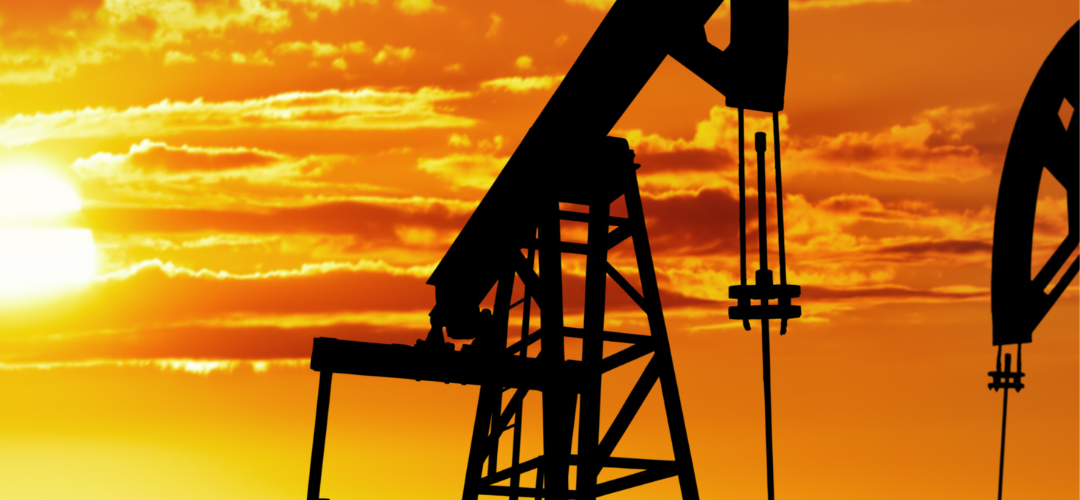In the global petroleum market, transactions span continents, involve multiple currencies, and are often subject to volatile exchange rates. For traders, refiners, and producers, currency fluctuations can significantly affect margins, profitability, and overall financial stability. Effectively managing currency risk is therefore a core component of successful cross-border petroleum trading.
Why Currency Risk Matters in Petroleum Trading
Petroleum is typically priced in U.S. dollars (USD) on global markets. However, buyers and sellers often operate in different currencies, including euros (EUR), British pounds (GBP), Nigerian naira (NGN), or Brazilian real (BRL). When the local currency weakens against the USD, the cost of petroleum imports rises. Conversely, exporters paid in USD may experience gains or losses when converting revenue to their local currency.
Key impacts of currency risk include:
- Margin erosion: Even if a trade is profitable in USD terms, currency fluctuations can reduce local currency earnings.
- Cash flow uncertainty: Payment timing mismatches can amplify exposure to exchange rate swings.
- Hedging costs: Risk mitigation strategies carry their own financial and operational costs.
Core Strategies for Managing Currency Risks
- Natural Hedging
Companies can match cash flows in the same currency. For example, a Nigerian petroleum importer earning revenues in USD can offset USD-denominated payments for crude or refined products, reducing net exposure. - Forward Contracts
A forward contract locks in an exchange rate for a future transaction. This is widely used to stabilize costs and protect against adverse currency movements. For petroleum traders, this means knowing the exact local currency cost of importing crude or products months in advance. - Options and Swaps
Currency options give the right but not the obligation to exchange money at a predetermined rate, providing flexibility and risk protection. Swaps, on the other hand, allow companies to exchange currency flows with a counterparty, often to balance long-term exposure. - Diversified Currency Holdings
Holding multiple currency accounts in key operational regions can provide flexibility. This approach allows traders to delay conversion until more favorable rates, though it requires robust treasury management to avoid idle funds. - Dynamic Pricing Contracts
Some cross-border petroleum contracts include clauses that adjust prices based on currency fluctuations. While not common in spot trades, these can be effective for long-term supply agreements, protecting both buyers and sellers from extreme swings. - Centralized Treasury and Risk Management
A centralized treasury team can monitor exposures across geographies, coordinate hedging strategies, and optimize cash positions. Integrating currency risk management with procurement, trading, and finance ensures a holistic approach.
Emerging Considerations
The global energy transition is influencing currency risk strategies:
- New trade corridors: Africa, Latin America, and Southeast Asia are seeing increased petroleum trading, often in local currencies rather than USD. This creates both opportunities and new hedging challenges.
- Digital platforms: Fintech solutions and blockchain-based payment systems are making cross-border transactions faster and more transparent, improving risk visibility.
- Volatility from geopolitical events: Sanctions, trade disputes, and energy policy shifts can suddenly affect exchange rates, requiring agile risk management.
Currency risk is an inherent part of cross-border petroleum trading, but it does not have to be a source of financial instability. By combining natural hedging, financial instruments, and robust treasury practices, traders and operators can stabilize margins, manage cash flow, and operate with confidence in volatile markets.
In a market where global operations, emerging trade corridors, and energy transition dynamics intersect, effective currency risk management is not just a financial tool; it is a competitive advantage.
Read more on Sparkview Energy:
Factors influencing oil and gas prices and the dynamics of the energy market
The Impact of Oil Price Volatility on Global Economies
Using Renewable Energy to Power Oilfield Operations: A Sustainable Future for the Energy Sector






